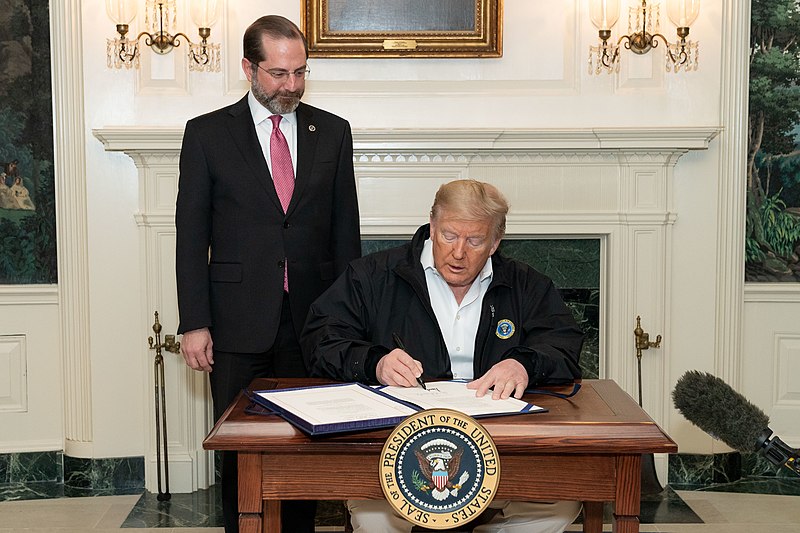Of late, the Defense Production Act has been trending. There’s been an awful lot of back-and-forth between POTUS, Congress, and various corporations over the last few weeks — not to mention media murmurs. Although you can probably assume what this Act does — or what it’s for — it’s usually best to be more informed than simple assumptions. Thankfully, that’s why we’re here…
We’ll start with the dry details. Officially known as the Defense Production Act of 1950, it was enacted by the 81st United States Congress (effective September 8, 1950). This Act falls under Title 50 of the United States Code (War and National Defense), Chapter 55. Within the larger framework of the Cold War, but in response to the kickoff of the Korean War, this Act was part of an amp up in the government’s defense synchronization effort.
According to the letter of the Congressional enactment (Pub. L. 81-774), the Defense Production Act is:
| An Act to establish a system of priorities and allocations for materials and facilities, authorize the requisitioning thereof, provide financial assistance for expansion of productive capacity and supply, provide for price and wage stabilization, provide for the settlement of labor disputes, strengthen controls over credit, and by these measures facilitate the production of goods and services necessary for the national security, and for other purposes |
Okay. So, what does that mean?
This Act breaks down into three primary parts. I’ll simplify them.
- The first section has to do mainly with materials deemed mission essential for national defense, and businesses who deal with those materials. POTUS can require those businesses to prioritize contracts involving those materials. POTUS can also designate materials and products that are prohibited from the price gouging and horading that we’ve seen so much of recently.
- The second section deals with POTUS’ authority to establish orders, rules, and regulations regarding the allocation of goods, services, and facilities that are related to those mission essential materials mentioned above.
- The third section focuses on POTUS’ authority over the civilian economy in order to prioritize those products, processes, etc., for national defense use.
In addition to some other powers granted to the President, the entire Act really is just about prioritizing, streamlining, and safeguarding specific things within the American industrial and economic system so that national defense is THE priority. POTUS can step in and affect labor disputes, for exmaple, or control credit, for another one. The Act gets updated fairly frequently, so the reach of this authority is extensive.
The Defense Priorities and Allocations System (DPAS), the Act’s regulations agency, has a system in place that allows it to rate contracts it wishes to prioritize. And although the Act is most often utilized by the Department of Defense, it is actually administered by the Department of Commerce. The Office of Strategic Industries and Economic Security (SIES), within the Bureau of Industry and Security, is the administrative agency.
Over its history, the Defense Production Act has been multiple times. In the 21st Century we’ve had two Presidents invoke the Act (Obama and Trump). And Trump invoked the Act back in 2017. So, although it generally is a big deal when the Act gets utilized, it’s not always in such dramatic, globe-affecting situations.


